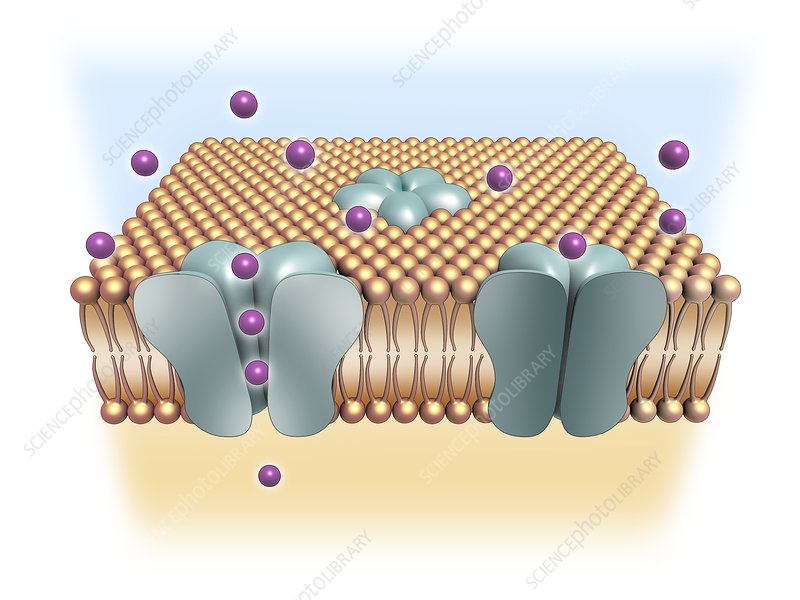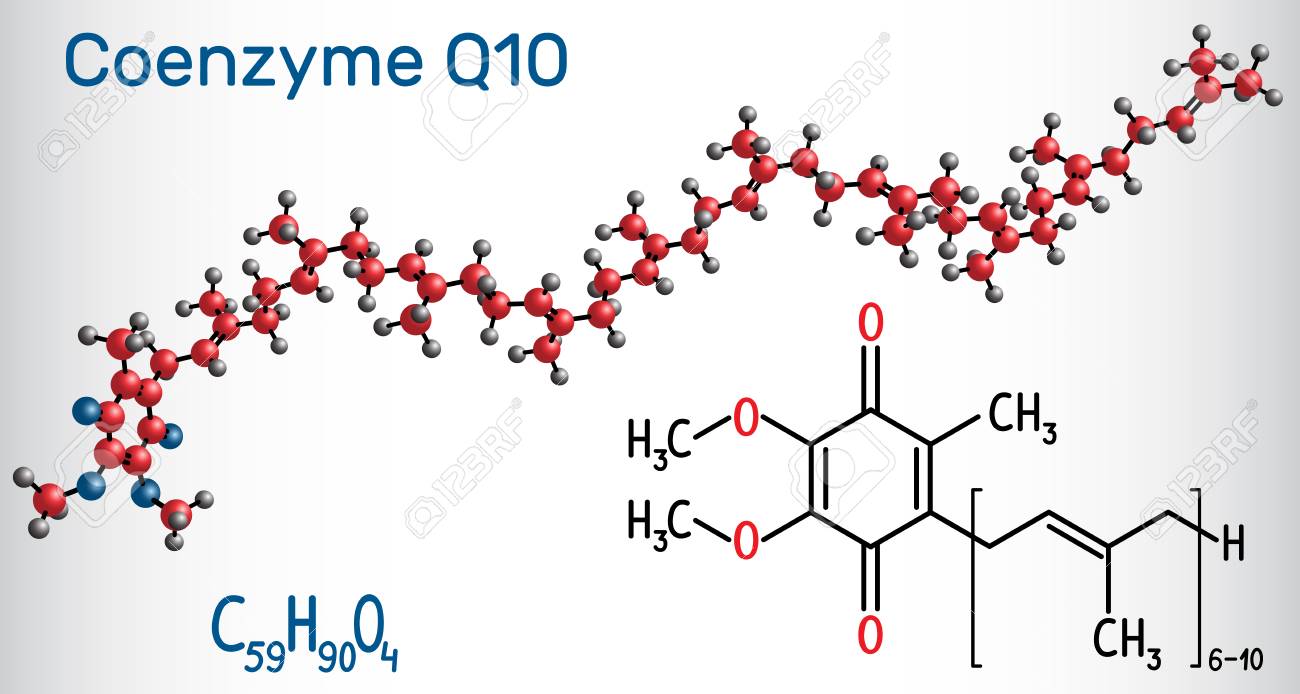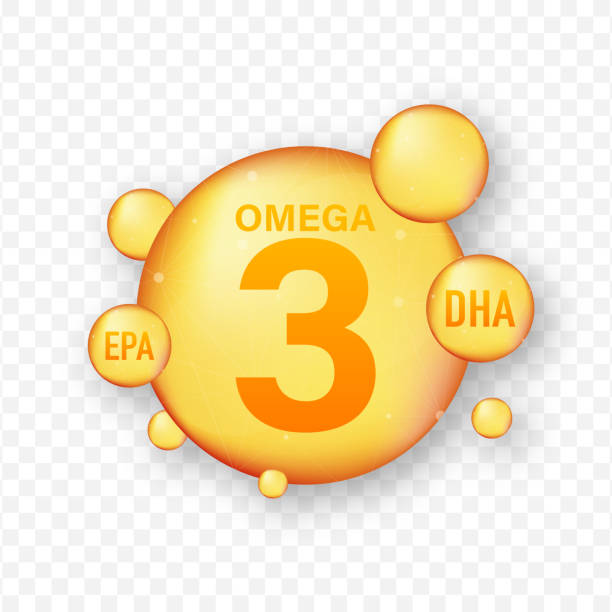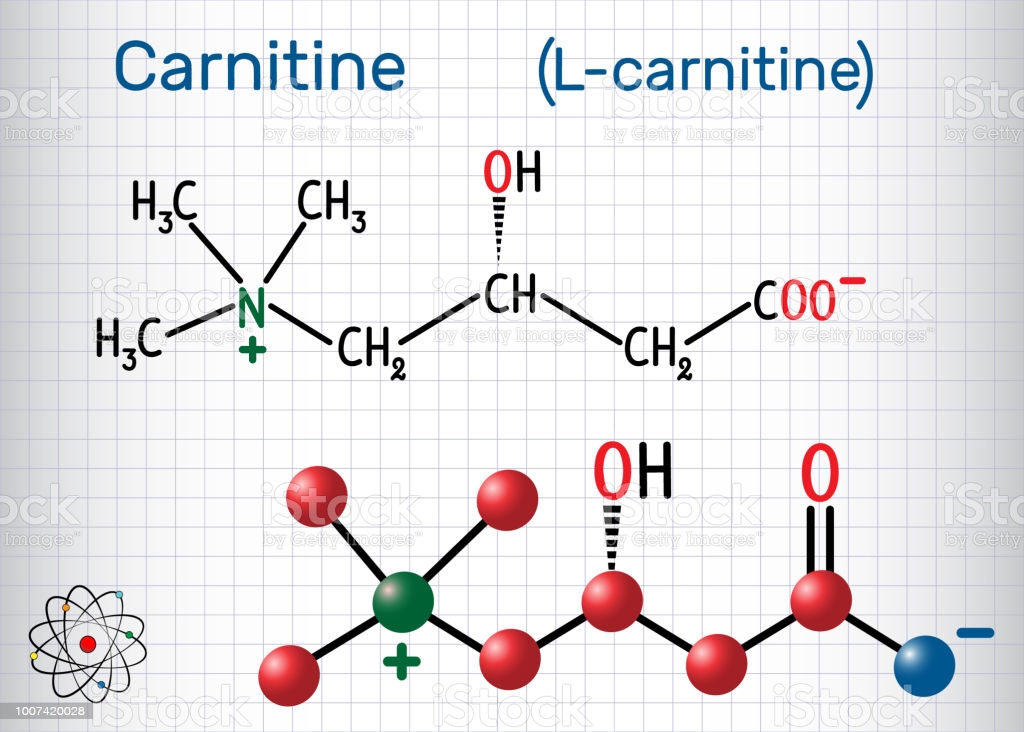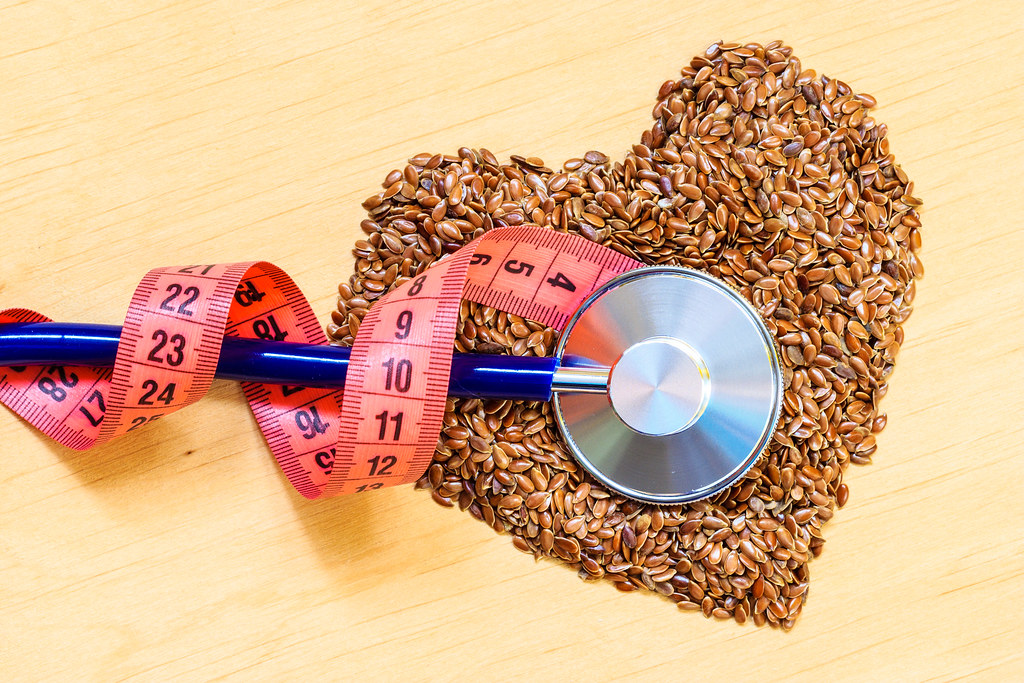Eating fish became a popular practice in the modern world, being wildly available in most of the developed countries. When it comes to choices, majority of people seem to prefer eating large fish, because of their size and multiple styles of cooking. The most consumed fish are salmon, tuna or halibut, but is this the best option for your health or enviroment? Well, we will try to make light in this area of nutrition.
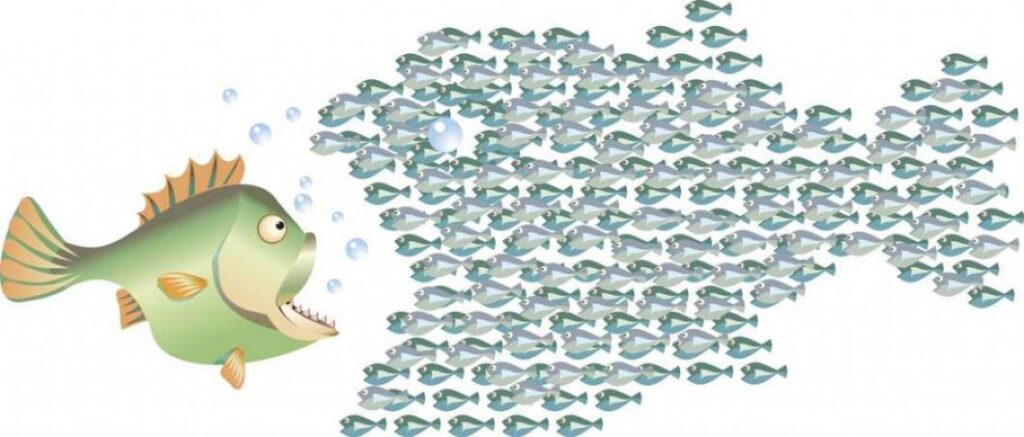
Salmon or tuna might seem like the healtiest option because of the omega-3 fatty acids and vitamin D contained, but you will be surprised to find out that anchovies and sardines are two of the richest sources of healthy omega-3 fatty acids and plus, they are a richer source of vitamin B12 that play vital role in the body. Small fish are also a great source of protein, calcium and vitamin D. They are rich in minerals and nutrients like iron, magnesium and zinc.
Another important aspect is the amount of mercury present in the predatory fish compared with mackerel and herring which is much higher in the big fish and makes the small fish safer to consume from a health perspective.
In the recent years the demand of the large fish increased which almost depleted the supply in the ocean and turned it into an usustainable practice. To keep up with the demand of predatory fish like salmon, farming has become the viable option. Farming fish also comes with a whole slew of unsustainable issues. Farmed salmon need to be fed a ton of protein, which usually comes in the form of small, oily fish, such as herring and sardines. We could be going straight to the source by eating them ourselves; it takes 5 pounds of smaller fish to feed one pound of large fish.
So..eating herring is caring!
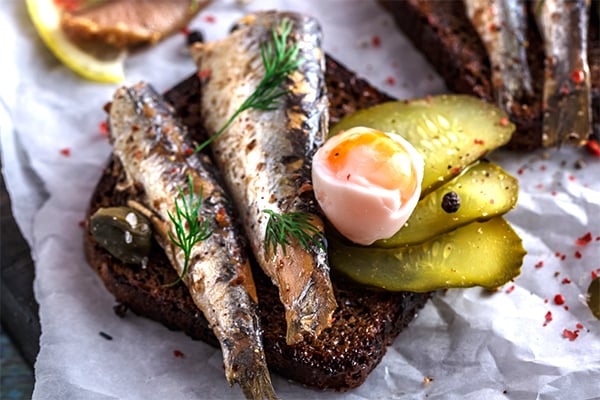
Check out our new Spicy Korea and Wild life dishes to get your supply of vitamin D, omega-3 fatty acids, B12 and help too in saving the diversity of the ocean fauna.




